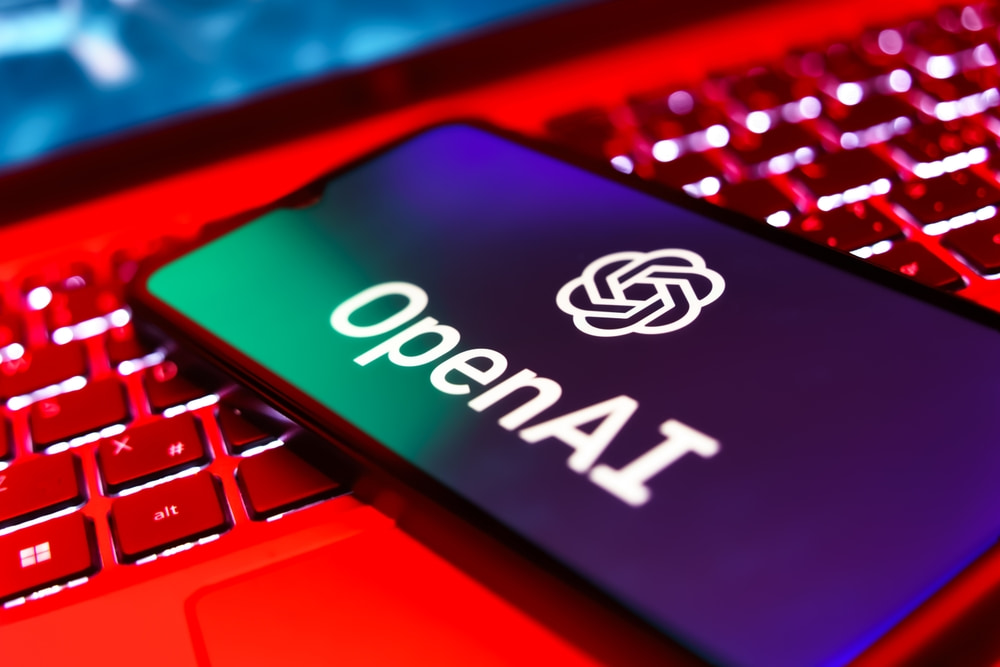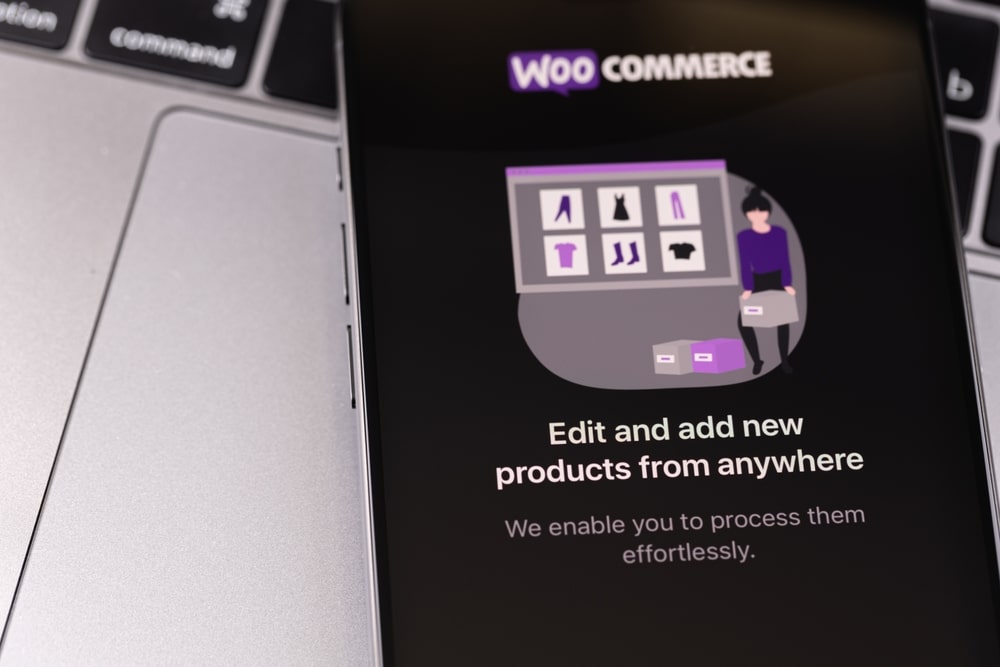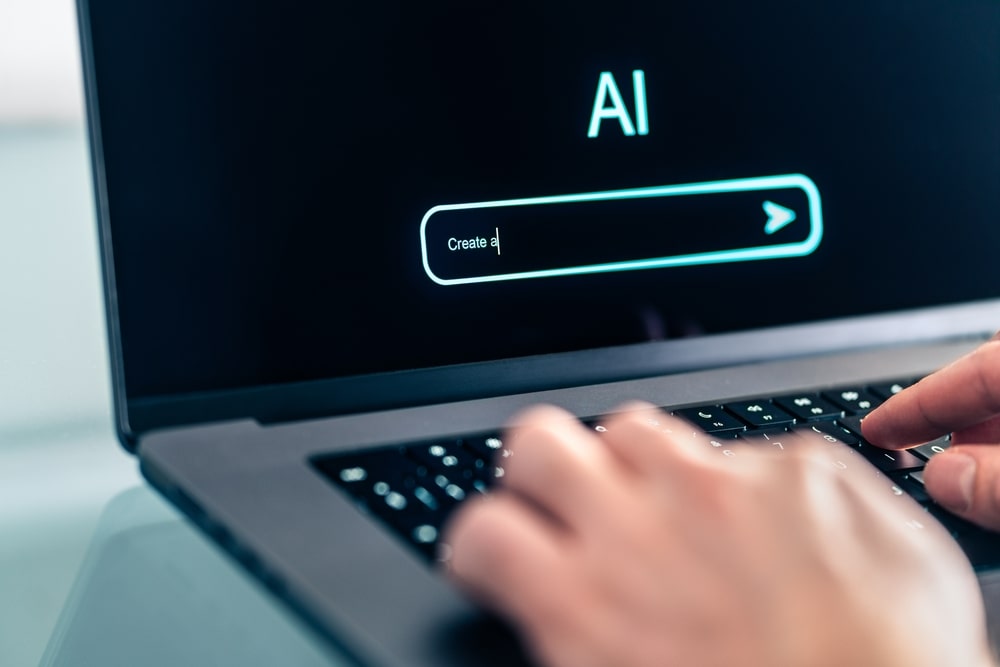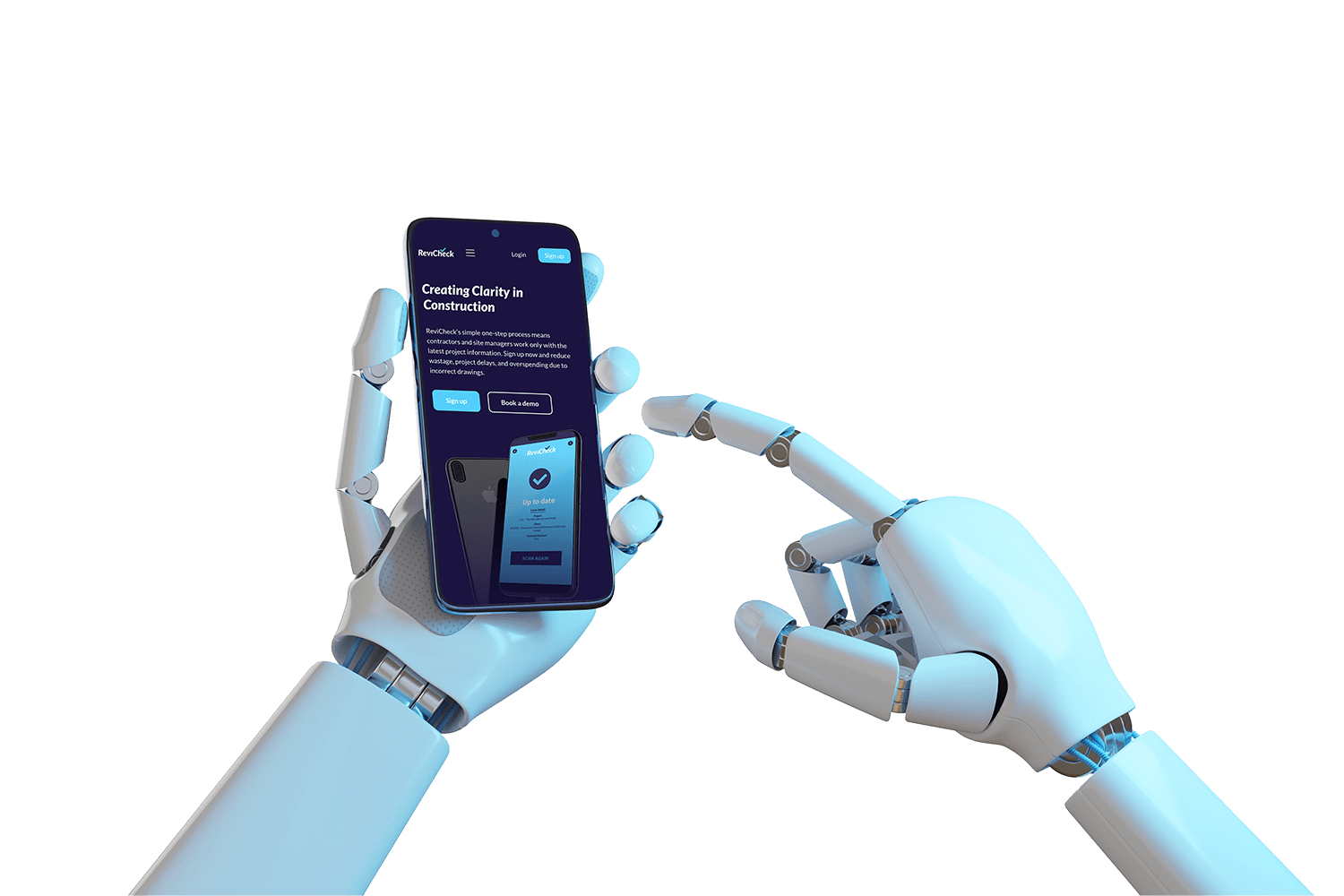Artificial Intelligence (AI) is rapidly transforming industries, and OpenAI stands at the forefront of this revolution. But can OpenAI – known for tools like ChatGPT – be directly applied to website design? While OpenAI isn’t a conventional design tool, its capabilities are proving invaluable in various aspects of the website creation process.
Let’s delve into how OpenAI can, and can’t, contribute to website design and what possibilities lie ahead.
OpenAI’s Strengths in Website Design
While OpenAI doesn’t build websites in the traditional sense, its advanced natural language processing and problem-solving capabilities can assist with several key aspects of the process:
Content Creation: One of the most time-consuming aspects of building a website is generating high-quality, SEO-friendly content. OpenAI excels in creating everything from landing page copy to detailed blog posts, reducing the time businesses spend crafting written content. It can also create product descriptions, service overviews, and customer testimonials that resonate with audiences.
Interactive Chatbots: A growing trend in website design is the integration of chatbots to enhance user engagement and provide real-time support. OpenAI powers advanced chatbots capable of answering user queries, guiding customers through products, and even upselling relevant services. These AI-powered assistants can be integrated seamlessly into websites, improving customer experience without requiring constant human intervention.
Automation: Many repetitive tasks in website maintenance, like writing meta descriptions, generating FAQs, or scheduling content updates, can be automated with OpenAI. For businesses, this means fewer hours spent on manual updates and more time to focus on strategic goals.

Coding Assistance: OpenAI’s ability to generate code snippets and troubleshoot issues makes it a valuable ally for developers. Whether it’s writing scripts for website functionality or providing debugging solutions, OpenAI reduces development time and enhances efficiency, especially for smaller teams.
Designing Websites: OpenAI’s Role and Limitations
Can OpenAI design websites from scratch? The answer is more nuanced than a simple yes or no.
What It Can Do:
- Idea Generation: OpenAI can brainstorm ideas for layouts, navigation structures, and user interface (UI) elements. It draws from a vast database of best practices and design trends to suggest options tailored to your business goals.
- Support for Low-Code Platforms: When paired with no-code or low-code platforms like Webflow, WordPress, or Squarespace, OpenAI can provide content, assist with SEO strategies, and streamline backend processes.
- User-Centric Experiences: Analysing user behaviour is key to designing effective websites. OpenAI can recommend features, calls to action, and functionalities that enhance customer journeys, ultimately driving higher engagement and conversions.
What It Can’t Do:
- Visual Design: OpenAI is not a graphic design tool at its heart. It cannot create complex logos, bespoke images, animations, or visual layouts. For the artistic elements of website design, tools like Adobe Creative Suite or Canva remain indispensable.
- Complex Development: For websites requiring advanced custom features, integrations, or databases, OpenAI can assist but not replace skilled developers. Tasks like building secure payment gateways or integrating complex APIs require expertise beyond OpenAI’s scope.
- Brand Expression: While OpenAI generates high-quality text, fully capturing a brand’s voice, tone, and visual identity often requires human creativity and a deep understanding of the brand’s ethos.
Enhancing Platforms With OpenAI
OpenAI’s strength lies in its ability to complement existing platforms, making website design and management more efficient and innovative. Here’s how it integrates with popular tools:
WordPress: WordPress powers a significant portion of the internet, and OpenAI’s integration through plugins allows businesses to automate content creation, generate drafts for pages and posts, and optimise SEO settings. For businesses that update their websites frequently, these tools are invaluable.
Shopify: Ecommerce platforms like Shopify benefit greatly from AI-driven solutions. OpenAI can assist with creating product descriptions, suggesting product bundles, and even managing customer queries via chatbots. It also helps streamline inventory text updates and marketing copy.
Wix and Squarespace: These platforms are known for their user-friendly drag-and-drop interfaces. OpenAI enhances them by assisting with text-based tasks like writing page copy, crafting blog posts, or suggesting improvements for SEO. These capabilities make it even easier for non-technical users to create professional websites.
Custom Solutions: Businesses that opt for bespoke websites can use OpenAI to automate backend processes, design intuitive user interaction systems, and deliver personalised content to users based on behavioural data. This level of customisation ensures that the website evolves with the business.
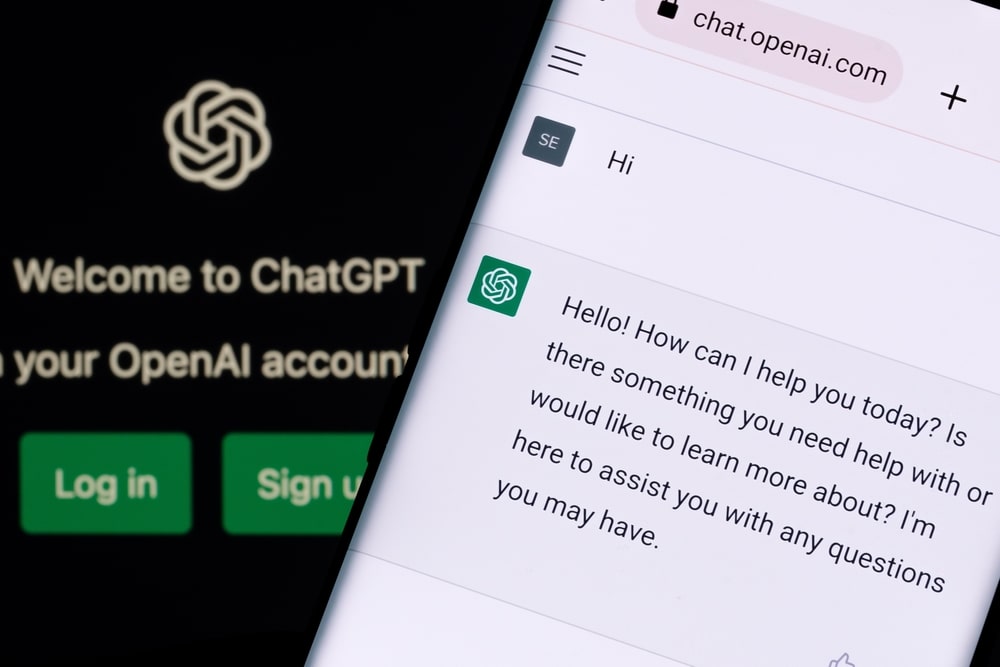
How OpenAI Enhances Website Performance
OpenAI isn’t just about building websites – it’s about making them smarter. By integrating OpenAI, businesses can achieve better website performance through:
Dynamic Personalisation: Websites powered by OpenAI can adapt content, design elements, or product recommendations in real-time based on user behaviour. This creates a tailored experience that increases user satisfaction and conversion rates.
Smarter Workflows: OpenAI reduces the time spent on repetitive tasks like updating product descriptions or scheduling blog posts, allowing businesses to focus on growth strategies.
Enhanced Analytics: By analysing website data, OpenAI can provide actionable insights, suggesting changes to improve user engagement, page load speeds, or overall user experience.
Scalability: As businesses grow, so do their websites. OpenAI tools help manage this growth by automating tasks and ensuring the website remains functional and efficient even as traffic and content increase.
The Future of OpenAI in Website Design
As AI technology evolves, OpenAI’s role in website design will only grow stronger. Here are some future possibilities:
AI-Driven Prototyping: Imagine tools that generate wireframes and prototypes based on text prompts or user goals. For instance, simply typing “Create a landing page for a new eco-friendly product line” could produce a fully functional prototype.
Collaborative Design Tools: OpenAI could integrate with platforms like Figma to suggest design improvements, automate repetitive design tasks, or even generate placeholder content during the design phase.
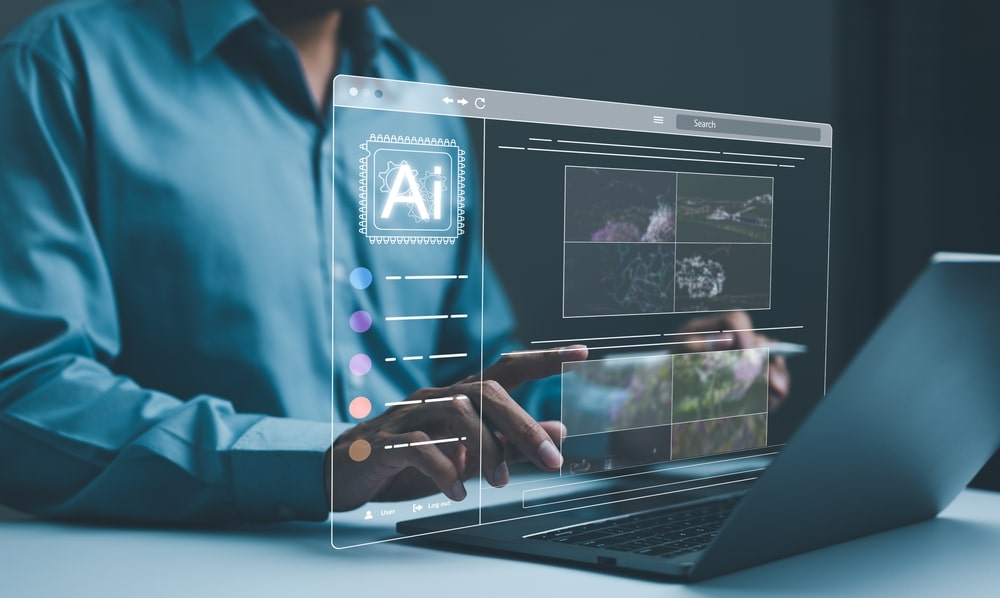
End-to-End AI Builders: Future platforms could combine OpenAI’s text generation capabilities with design tools to create fully automated website builders. This would allow users to input a few details about their business and generate a professional-looking site in minutes.
Voice-Activated Design: As voice-based AI improves, creating and managing websites could become as simple as having a conversation. Imagine saying, “Add a blog section to the homepage” and seeing it implemented in real-time.
Is OpenAI Website Design Possible?
While OpenAI itself isn’t a standalone website design platform, it plays a pivotal role in supporting and enhancing the design process. It’s already a powerful tool for content creation, automation, and user interaction, and its integration with existing platforms ensures that AI-driven websites are not only possible but increasingly accessible.
For businesses looking to harness the potential of AI in their web presence, OpenAI offers a future-proof way to stay competitive, offering smarter workflows, improved user experiences, and enhanced efficiency.
Ready to explore how OpenAI can transform your website? Let’s build something innovative together; get in touch today!
